Description
Swamp White Oak – 1 Yr Old Seedling
Overview
The Swamp White Oak (Quercus bicolor) is a robust and versatile deciduous tree prized for its adaptability to wet soils and its stunning foliage that turns golden-bronze in autumn. This native North American tree is a favorite for both landscaping and ecological restoration, providing shade, wildlife habitat, and resilience in flood-prone areas. Its unique peeling bark on young branches and acorn production further enhance its charm and utility.
Native Range
Native to the wetlands and lowlands of the central and northeastern United States, the Swamp White Oak thrives in areas with wet, heavy soils but also tolerates drier conditions.
Growth and Form
- Height: Grows 12–24 inches annually, reaching 50–60 feet at maturity.
- Spread: Develops a rounded canopy 40–50 feet wide.
- Growth Rate: Moderate to fast, especially in moist environments.
- Foliage: Large, lobed green leaves with silvery undersides, turning golden-bronze in fall.
- Bark: Light gray and peeling on young branches, becoming deeply ridged and darker with age.
Ecological Benefits
- Wildlife Habitat: Acorns provide food for birds, squirrels, deer, and other wildlife. The tree also supports a variety of pollinators and insects.
- Flood Mitigation: Thrives in wet areas, helping stabilize soils and reduce flooding impacts.
- Carbon Sequestration: As a long-lived tree, it effectively stores carbon, contributing to climate change mitigation.
Hardiness and Climate Tolerance
- Hardiness Zones: 4–8, making it suitable for a range of temperate climates.
- Temperature Tolerance: Survives cold winters and tolerates summer heat when adequately watered.
- Soil Preferences: Prefers moist to wet soils but is tolerant of various types, including clay and poorly drained areas.
- Light Preferences: Grows best in full sun but can tolerate partial shade.
Planting and Care
- Planting Location: Ideal for low-lying areas, riparian zones, or as a shade tree in yards and parks.
- Watering: Requires consistent moisture during establishment but is drought-tolerant once mature.
- Fertilization: Minimal fertilization needed. Apply balanced fertilizer in spring for young trees if growth is slow.
- Pruning: Prune in late winter to shape the tree and remove damaged or crossing branches.
Uses
- Landscaping: Popular in parks, urban spaces, and residential yards for shade and visual appeal.
- Ecological Restoration: Excellent for wetland restoration and erosion control projects.
- Timber: Valued for its durable wood, used in furniture, flooring, and barrels.
Potential Problems
- Chlorosis: Can occur in alkaline soils; adding soil amendments can address this issue.
- Pests: Susceptible to gypsy moths, scale insects, and powdery mildew. Regular monitoring is recommended.
- Acorn Mess: Produces abundant acorns, which may require cleanup in maintained areas.

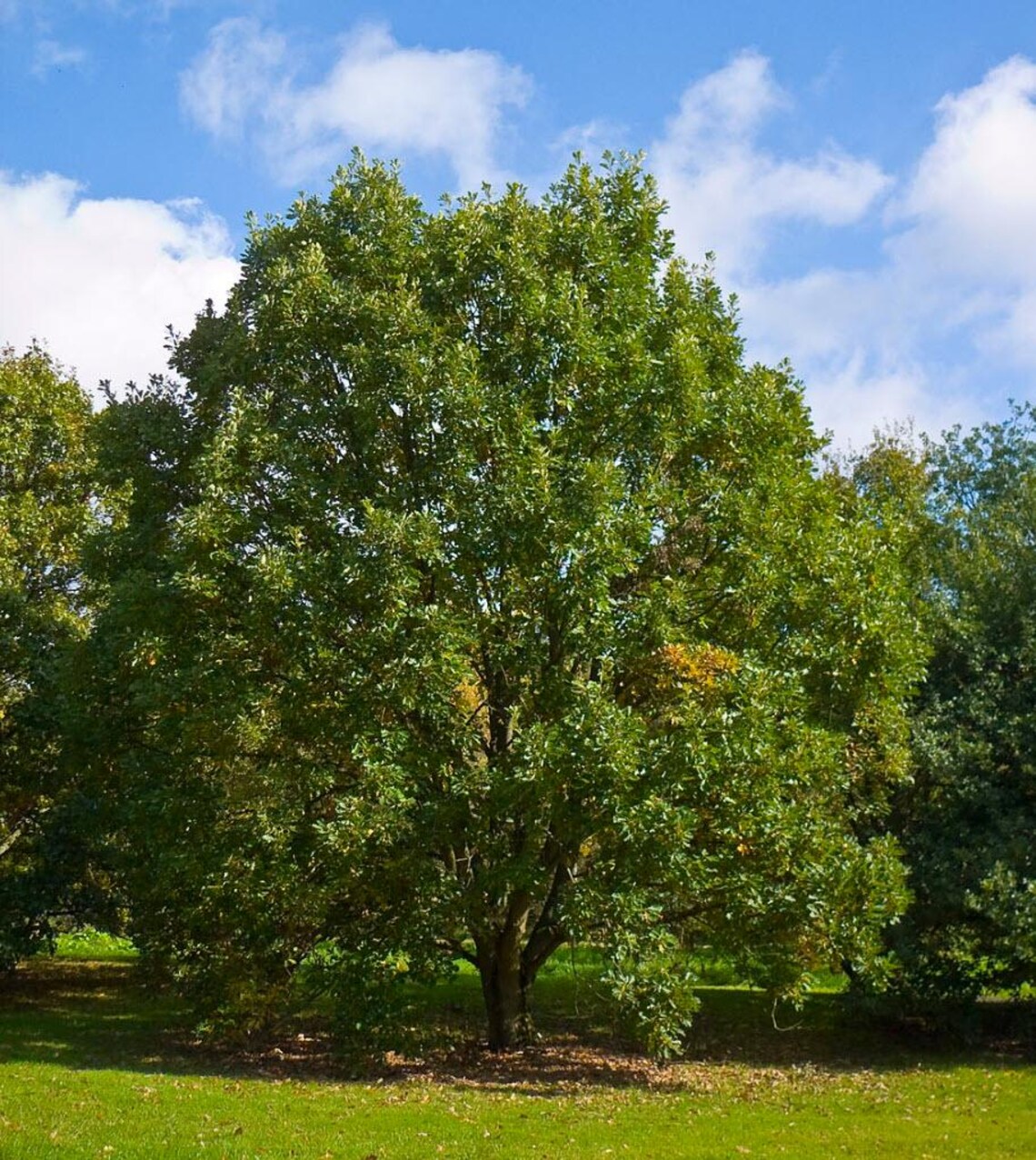
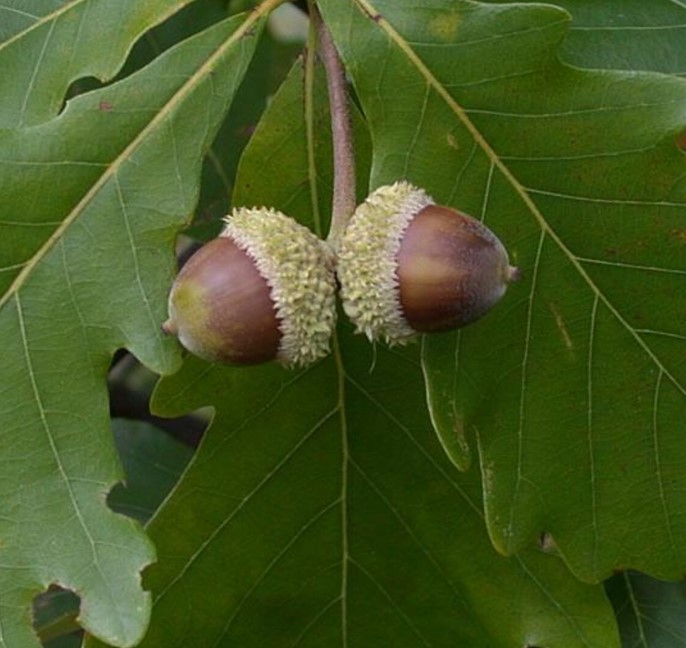
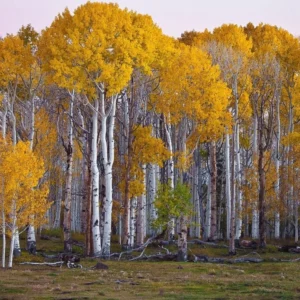
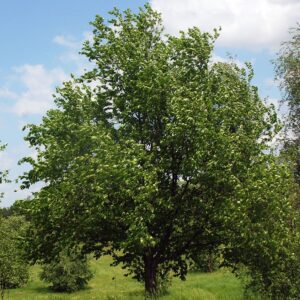
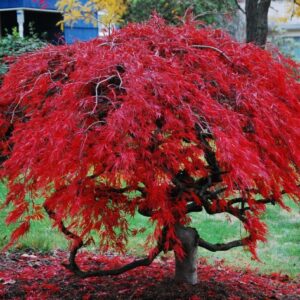
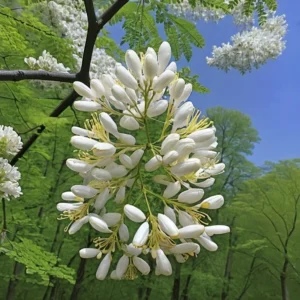
Reviews
There are no reviews yet.